NASA's Parker Solar Probe has begun the second of 24 planned orbits, on track for its second perihelion, or closest approach to the Sun, on April 4, 2019.
All Systems Go As Parker Solar Probe Begins Second Sun Orbit
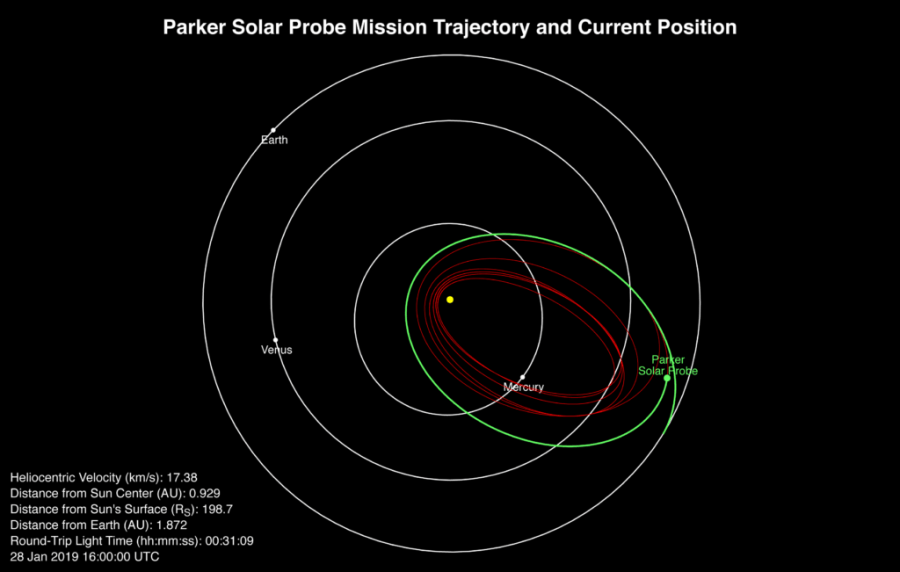

NASA's Parker Solar Probe has begun the second of 24 planned orbits, on track for its second perihelion, or closest approach to the Sun, on April 4, 2019.
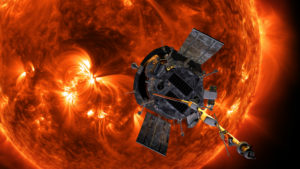
On Nov. 16, Parker Solar Probe reported that all systems are operating well in the first detailed performance and health update sent to Earth by the spacecraft since its first solar encounter.
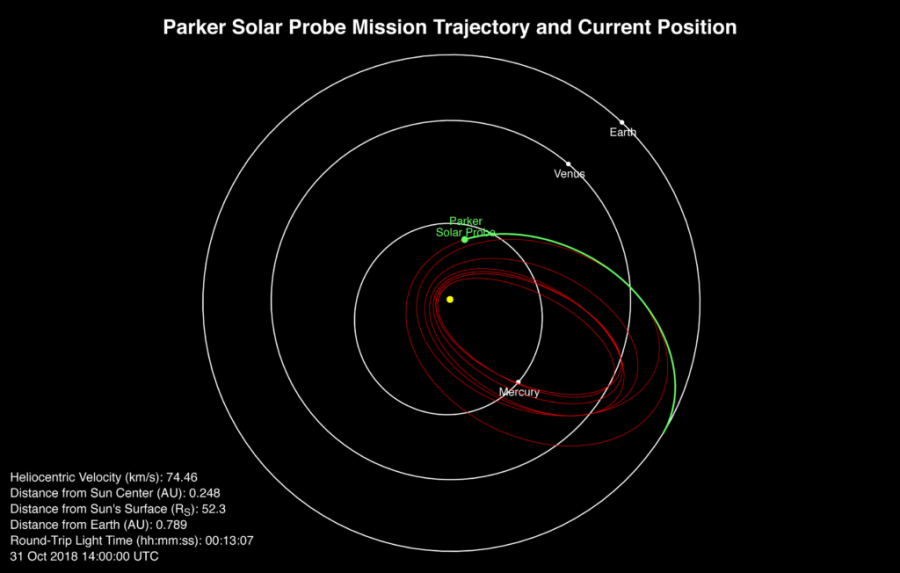
On Oct. 31, 2018, Parker Solar Probe began its first of 24 solar encounters.

At about 10:54 p.m. EDT, Parker Solar Probe surpassed 153,454 miles per hour — as calculated by the mission team — making it the fastest-ever human-made object relative to the Sun.
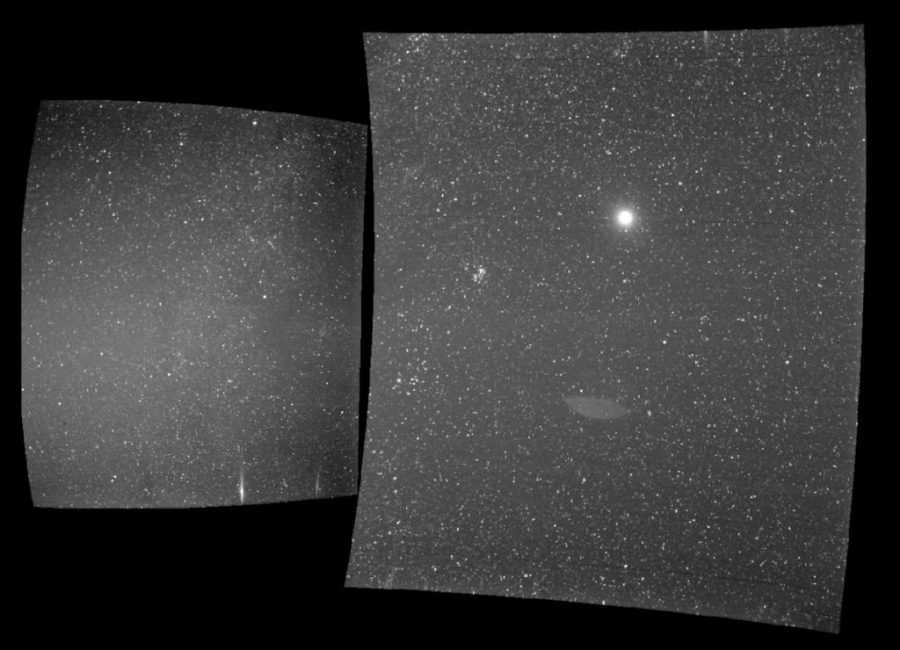
On Sept. 25, 2018, Parker Solar Probe captured a view of Earth as it sped toward the first Venus gravity assist of the mission.

For the first time for a spacecraft, Parker Solar Probe completed an autonomous, closed-loop solar array angle control based on temperature.

On Oct. 3, Parker Solar Probe successfully completed its flyby of Venus at a distance of about 1,500 miles during the first Venus gravity assist of the mission.
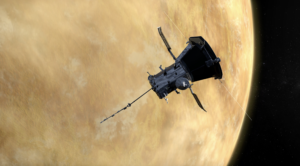
We like to call Parker Solar Probe the coolest, hottest, fastest mission under the Sun — and fall 2018 will prove why.
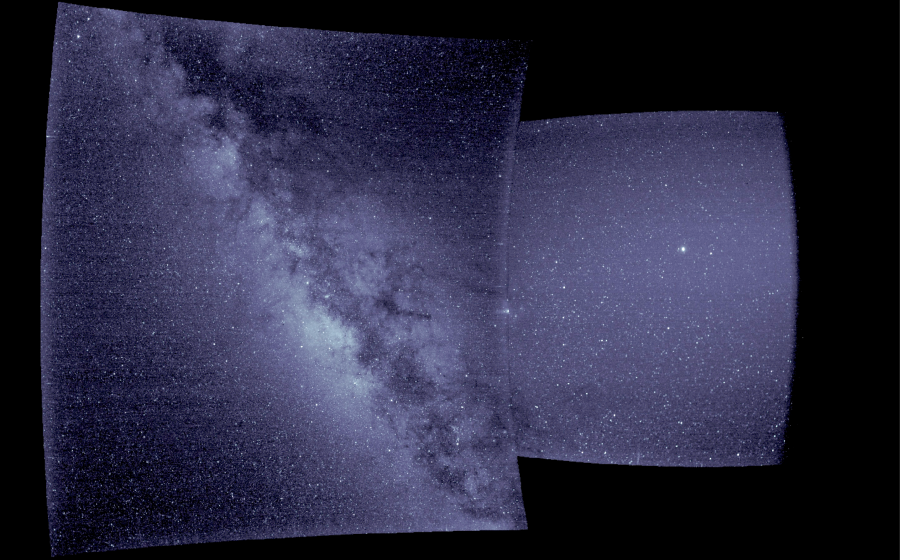
Just over a month into its mission, Parker Solar Probe has returned first-light data from each of its four instrument suites.
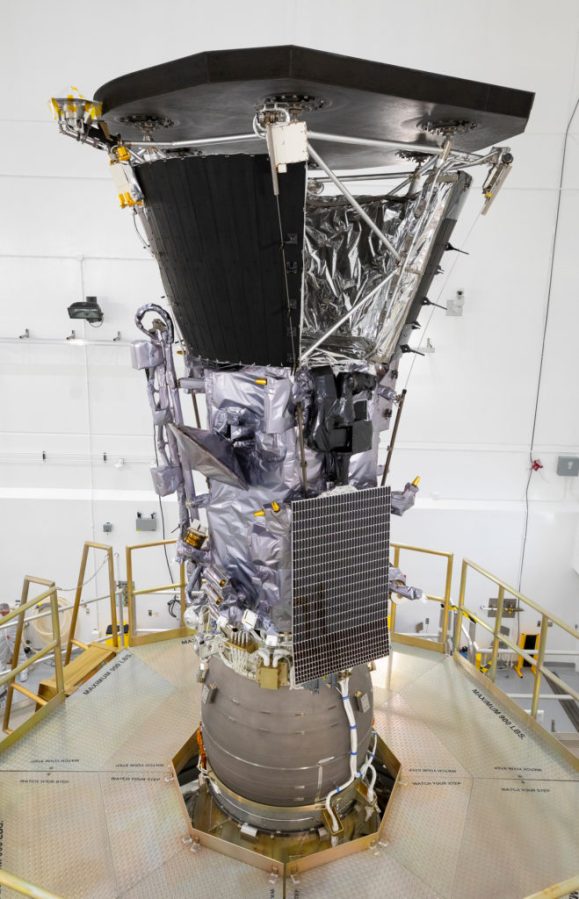
On Sept. 13, Parker Solar Probe's first-of-its-kind water-cooled Solar Array Cooling System (or SACS) was made fully operational.